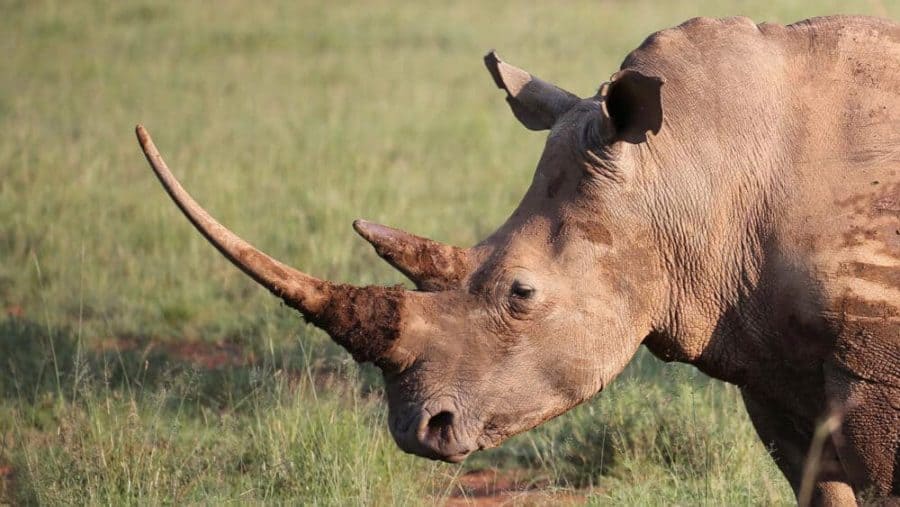Scientists have created fake rhino horn that looks and feels so much like the real thing they argue it could help undermine the illegal market for horn, lucratively sold as an aphrodisiac in traditional Chinese medicine. The artificial horn is made out of bundled horsehair glued together with a matrix of silk, giving the material the same collagenous properties as authentic rhino horn.
“The economists seem to think that if you flood the market with substitutes, the price will drop,” Fritz Vollrath, a zoologist at the University of Oxford involved in the research, told The Guardian. “If the price drops and the penalty of having rhino horn is still very high, then the value proposition changes for the trader.”
Chinese demand for rhino horn has fueled an illegal international trade and put the animals at risk across Africa. Some 769 rhinos were killed by poachers in South Africa in 2018 alone.
Vollrath and colleagues from Oxford worked with molecule scientists at Fudan University in Shanghai to produce the new material. They published their findings this week in the journal Scientific Reports. Most animals’ horns are made up of a bony center covered by layers of keratin. But rhino horns are actually tufts of tightly wound-hair solidified by the animal’s secretions — meaning it is made up entirely of keratin, with no bony center. Horses are close relatives of rhinos, which enabled scientists to use horsehair to create material with a similar consistency as real horn, even when cut. By flooding the market with this fake material, it could create enough doubt to curb the rhino trade, the scientists say.


